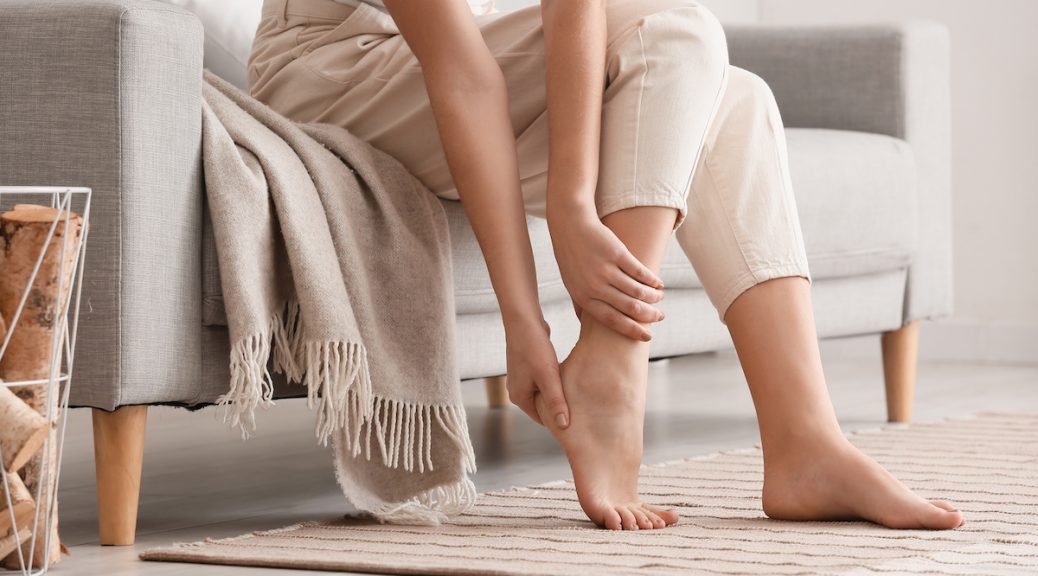Are you constantly feeling aches and pains in your body, even when the activity is not considered strenuous? Most people face orthopedic issues during their life. However, there are common orthopedic conditions in women that seem to occur more often than in men. By identifying and understanding these conditions, you can aim to prevent them in your own life or treat them if you think they are something you are suffering from.
At Paris Orthopedics, we have encountered problems in various people and have gotten to further understand where patterns exist. One of those being the common orthopedic conditions in women. Today, we give you the insight to take more control of your orthopedic journey. Any questions you may have along the way can be answered by our talented team.
Learning About The Most Common Orthopedic Conditions In Women
Osteoporosis and Injuries To The Bone
Women often face problems concerning bone and bone density. As these problems progress, they can cause further issues for a woman overall. Osteoporosis is a progressive disease that causes bones to become weak and brittle. This happens when the creation of new bone does not keep up with the loss of old bone. This is most common in women who have experienced menopause.
Once this condition progresses, there is concern about breaking or fracturing bones easier than ever before. An orthopedic doctor can help you find ways to increase bone density through lifestyle changes in terms of diet and exercise.
ACL Tears In The Knee and Ankle
An ACL tear occurs when the anterior cruciate ligament, located in the knee and connecting to the top of the lower leg bone to the bottom of the thighbone, tears. This commonly happens during sports that involve cutting or pivoting, such as football, soccer, or basketball. Overall, female athletes are more likely to experience ACL tears than their male counterparts.
While one cause has not been identified, it is often associated with differences in bone anatomy, differences in pelvic and lower leg alignment, and even muscle strength. Women also tend to have wider hips than men and narrower space in the knee for the ACL to move. As these things cannot be controlled, it is more important to recognize them and act accordingly rather than as if a tear would not happen.
Sprained Ankles
Women are almost twice as likely to experience a sprained ankle as men. This is often thought to be associated with the stabilizing strategies that a woman uses versus a man. There are many reasons why this is seen, sometimes even equated to the amount women wear high heels compared to men. There is often less muscle mass to protect these areas of tendons and ligaments.
Sprained ankles can vary in intensity, but it is often something that can be treated easily by an orthopedic doctor. It may mean varying your activities or being more careful during the activity that seems to cause these problems. There are many ways a doctor may choose to treat it, and it comes down to understanding your specific case.
Women must note orthopedic conditions to see which body parts they can strengthen to avoid the problems. If there are certain areas in which you have already felt weakness that is also associated with the problems stated above, it may be time to find some long-term solutions. Are you a woman looking to know more about your orthopedic health? Our team at Paris Orthopedics is here to help you find those answers. Check out our website or give us a call at (903) 737-0000 for more information.



